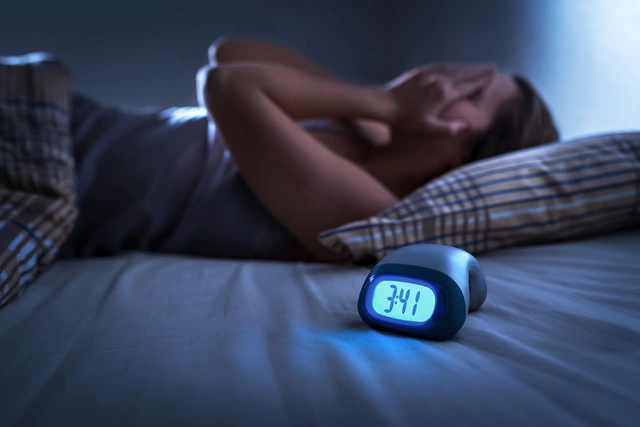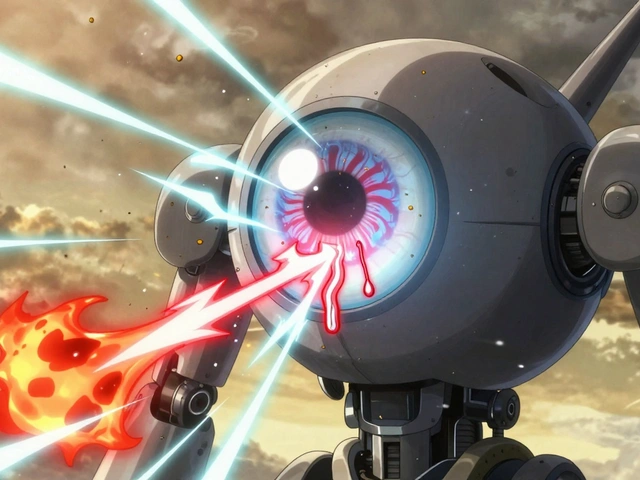Seizure recognition
Seizures can look very different, and knowing how to spot one quickly matters. This guide helps you tell common seizure types apart, what to do during an event, and when to get help.
How seizures usually look
Generalized tonic‑clonic seizures (sometimes called grand mal) start suddenly. The person may cry out, fall, stiffen, and have strong jerking of arms and legs. They often lose awareness and may bite their tongue or drool. These episodes usually last 1–3 minutes.
Absence seizures are brief and subtle. The person may stare blankly, blink, or have tiny mouth movements for a few seconds and then return to normal as if nothing happened. These are common in children and can happen many times a day.
Focal (partial) seizures begin in one part of the brain. Signs depend on the area affected: a twitch in one hand, a strange smell, sudden fear, or jerking on one side. Awareness may be preserved or altered. Focal seizures can spread and become generalized.
What to do during a seizure
Stay calm. Time the seizure. Put something soft under the person’s head and loosen tight clothing around the neck. Roll them gently onto their side if possible to help keep the airway clear. Do not put anything in the mouth and don’t try to hold them down. Move dangerous objects away.
If the seizure lasts longer than 5 minutes, or if another seizure starts right after the first, call emergency services. Also call for help if the person is injured, pregnant, having trouble breathing after the seizure, or does not wake up normally.
After the seizure, stay with the person until they are fully alert. Reassure them — confusion, tiredness, or headache is common. Offer help sitting up and resting. Note how long the seizure lasted and what you observed; this information is valuable for healthcare providers.
Keep a simple record: date, start and end time, body parts involved, whether they lost consciousness, triggers noticed, and how they recovered. Smartphone videos can be very helpful for doctors, but only record if it’s safe to do so without getting in the way.
Know common triggers: lack of sleep, missed medications, alcohol, flashing lights, stress, and illness. If someone has epilepsy, help them stick to their treatment plan and remind them about safety measures like avoiding swimming alone or climbing without support.
When to see a doctor: first-time seizures, repeated seizures, or any seizure after head injury or fever in adults need prompt evaluation. Long-term, a neurologist can recommend tests like EEG or MRI and suggest medications such as lamotrigine or others depending on the seizure type.
Learning seizure first aid is useful for family, friends, teachers, and coworkers. Local groups and epilepsy organizations often offer short courses. Knowing what to do and when to get help keeps people safer and reduces fear for everyone involved.
If you or someone nearby has seizures, talk to a doctor and always carry a simple seizure action plan and medication list for emergencies.




